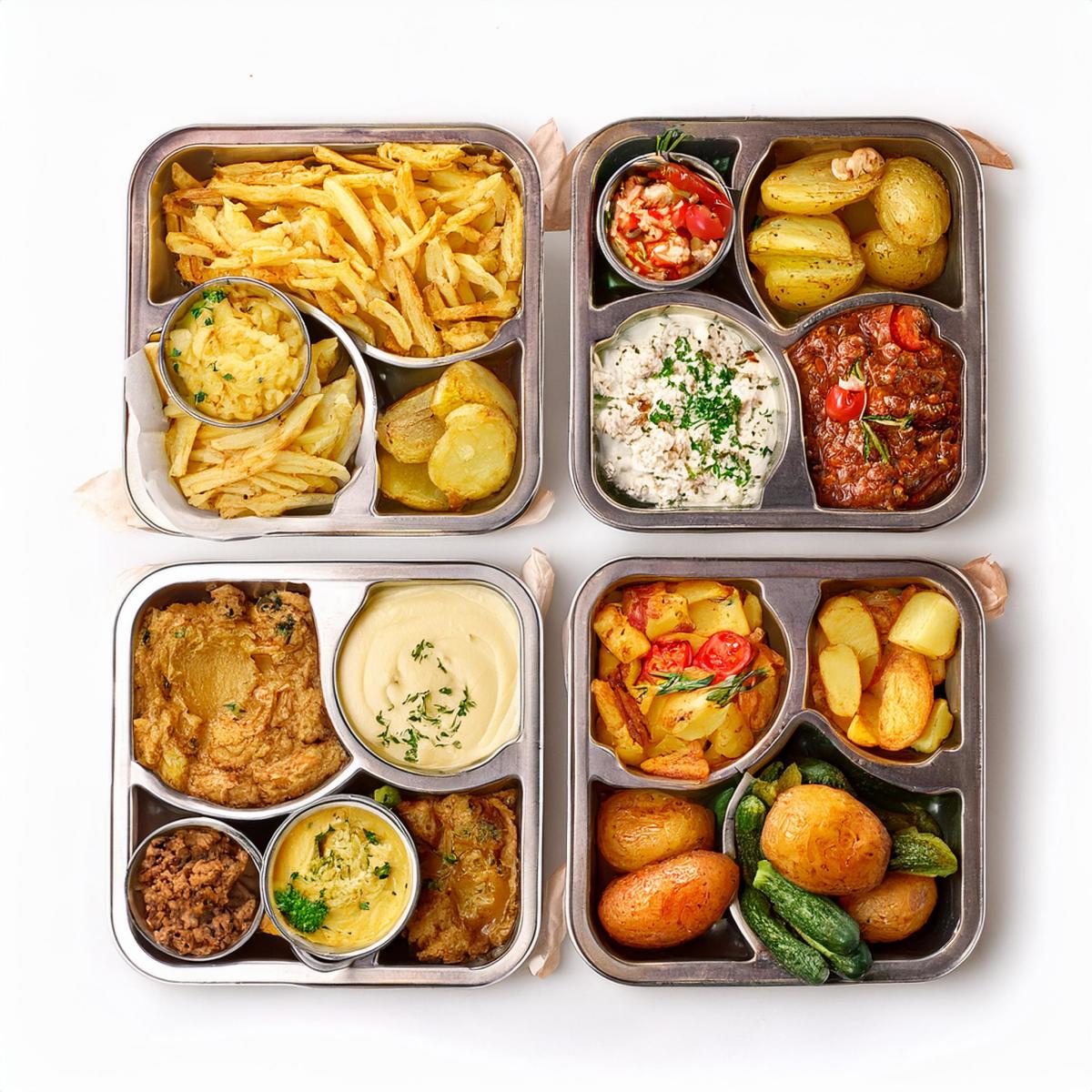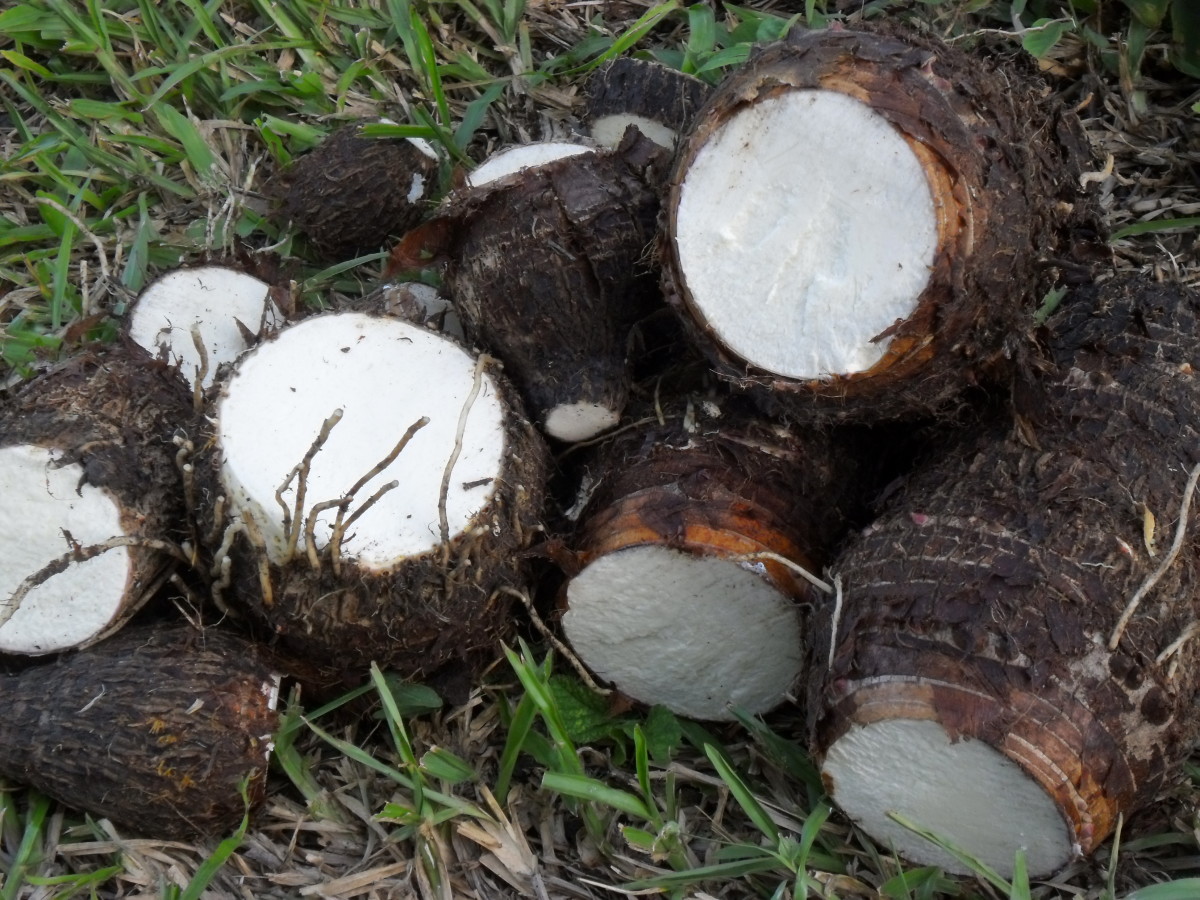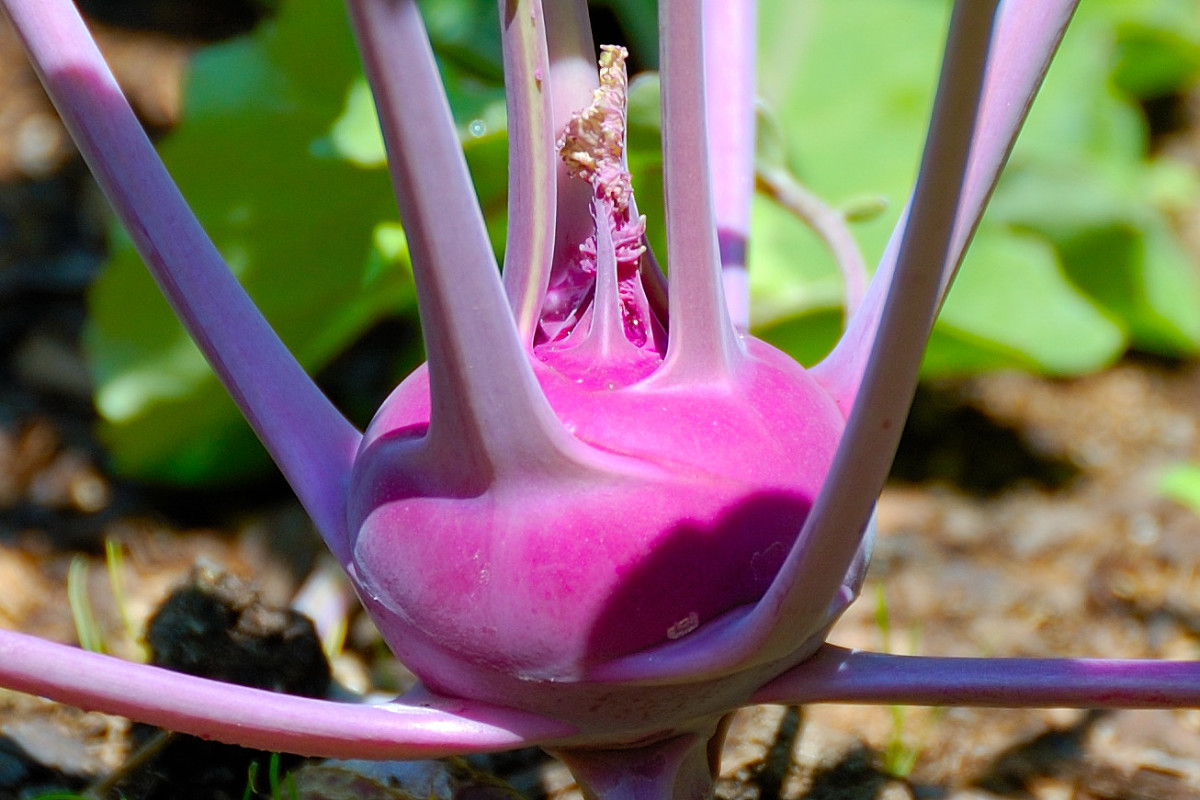Add Nutrition to Everyday Meals with Healthy Vegetables
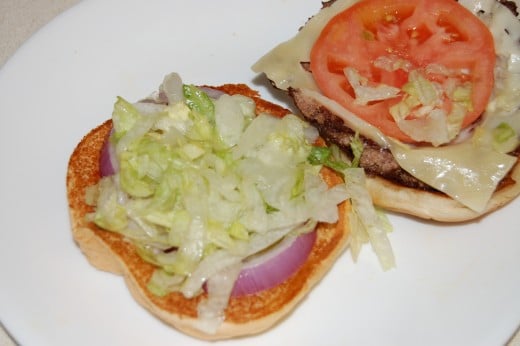

Do you feel like you need to eat more vegetables? Are there meals when you don’t have any vegetables at all?
If you eat fast food a lot, it can be hard to get enough vegetables. Lettuce, tomato, and onion on a burger hardly qualify for more than a half a serving of vegetable. And no, you can’t count ketchup or French fries. Onion rings are pretty iffy too. Likewise, you’re not going to get much in the way of vegetable servings from pizza, even if you count vegetable toppings and tomato sauce.
If you eat out at restaurants a lot, and are a starch-aholic, it can be equally hard to eat enough vegetables. Are you really going to order broccoli or zucchini for your side dish, when what you really want is the mac and cheese, loaded potato, or mashed potatoes? I never met a potato I didn’t like.
I rarely eat fast food. And since I retired, I rarely eat out at restaurants. But I’m a starch-aholic, so even at home, it is an ongoing struggle to incorporate enough vegetables into my diet. I love pasta, potatoes, rice, and beans. I don’t feel like I’ve had a meal if there is no starch. If I had to choose between having a meat, or having a starch, most of the time I would choose the starch. Too often at our house, we have a meal without any vegetables. The funny thing is, we all really like vegetables. There are lots of vegetables that we like. So what’s the deal? I guess I’ll go with ‘poor planning’.
So if you think you need to eat more vegetables and increase the nutritional value of your meals, you’re not alone.
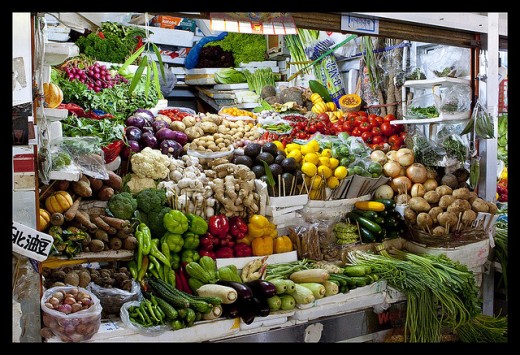
Cookbooks on Sneaking Vegetables into Family Meals
Adding Nutrition to Meals with Pureed Vegetables
I have not read Jessica Seinfield’s book on sneaking vegetables into kids’ food, nor the book of the woman she was rumored to have ripped off, Missy Chase Lavine. In fact there are no children in my house.
As I said, we all actually like vegetables, but somehow we never seem to eat enough of them. So there’s no sneaking involved at our house. We just add vegetable purees to boost the nutritional values of certain foods.
Even though we like vegetables, for most of my puree additions, I try to add an amount of puree that is below the threshold of the amount that would significantly change the taste of the dish.
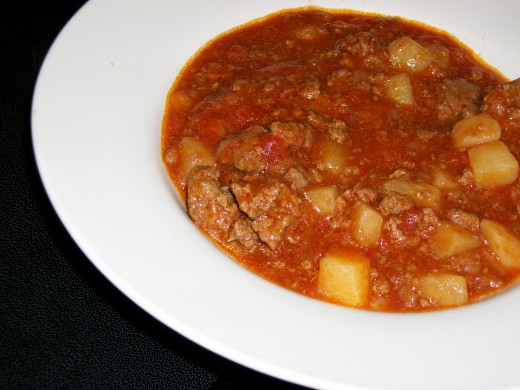
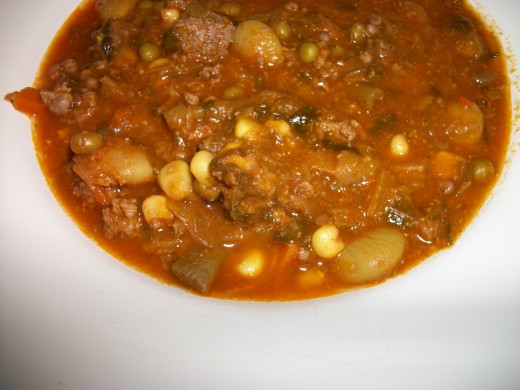
Pureed Carrots and Winter Squash in Soups and Stews
The vegetable I add to food most often is pureed carrots. I add them to most all tomato-based soups and stews, like my homemade vegetable soup, chili, hamburger stew, beef stew and spaghetti sauce. I usually add 1 can of carrots, pureed with their juice, to a 4 to 6 quart Dutch oven. This does not change the taste of the soup or stew. In a large stock pot of soup, such as my favorite vegetable soup, you could probably use 2 cans of carrots.
This fall, I’m going to experiment with winter squash, such as pumpkin and butternut squash. I have been inspired by the spices common to Indian food, for their healing properties. I’m going to try squash and cumin, cardamom, and coriander in my chili and vegan chili. I think this flavor profile will be nice with a hint of sweetness, like molasses.
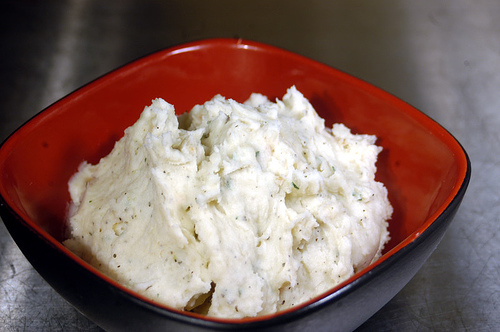
Purees in Mashed Potatoes
I have added many different vegetables to mashed potatoes. My mom always uses red potatoes because they are sweeter and moister. The Body Ecology Diet also recommends red potatoes as a healthier choice, so that’s what I use.
At our house we like tender-cooked cauliflower blended in the food processor added to mashed potatoes. I use about a half of a 16 oz bag of frozen cauliflower with about 6 medium potatoes. The change in taste is subtle and could be attributed to a slight change in the butter or milk. The leftovers did not keep long though. The potatoes tasted soured at about five days in the frig. I would say count on no longer than three days to be sure.
I have also used an 8 oz can of artichokes, packed in water not marinated. I just mashed them with a fork and removed the tough leaves. Soft cooked and pureed cabbage, leeks, or sweet onions will work nicely in mashed potatoes too.
I have used a variety of different root vegetables to add to the potatoes, with a total volume equal to the amount of the potatoes. Any combination of parsnips, carrots, turnips, rutabagas, or sweet potatoes will work. I have used up to three of these combined with red potatoes. All of them are starches, but overall with a lower, healthier glycemic index value than red or white potatoes, and different nutrition profiles. Be warned however that rutabagas take an incredibly long time to cook. Also this is one of the exceptions to my rule of not changing the taste of the dish. You will taste some or all of these root vegetables, unless you use the milder ones, and/or in very small amounts.
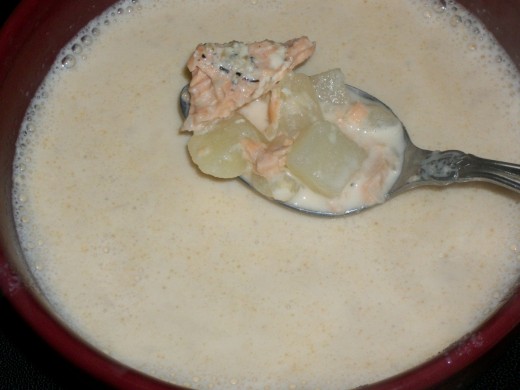
Other Pureed Vegetable Tips
Add pureed mild tasting vegetables such as artichokes (packed in water), turnips, or parsnips to New England Clam Chowder, Salmon Stew, or other milk based chowders or stews. I think these mild vegetables may work well in a pot of pinto beans, or other favorite beans or peas that cook up with a thick, rich broth.
Add pureed green beans, broccoli or asparagus to Split Pea Soup or Lentil Soup. I use about two cups of green bean and asparagus mixture to a small bag of green split peas.
Add one-half to one cup of pureed artichokes, parsnips, onions, carrots, or turnips to Hamburger Helper or Lipton/Knorr Noodle side dish.
Try pureed or mashed artichokes in tuna salad, chicken salad, hummus, dips, or ranch dressing.
As I’ve emphasized, in most cases it is best to use an amount of puree where the taste is not detectible. Start out with ¼ cup or ½ cup of puree if you’re not sure.
Prepare purees and store in the freezer in ¼ cup, ½ cup, and 1 cup quantities. For more pungent vegetables, or smaller portion main dishes and side dishes, you can use an ice tray to make portions about 1/8 cup.
Use of Purees to Add Nutrition
Use Juicer Pulp to Make Crackers and Flatbreads
Uses for the Pulp from Your Juicer
Do you have a juicer? What do you do with the pulp? Plenty of good fiber and nutrition left. Seems a shame to throw it away. I’ve simmered the pulp in filtered water for soup stock, which of course you can freeze.
I recently added the pulp to hamburger for meatloaf. It was mostly vegetable pulp, but had some fruit. Other than a couple small chunks of vegetable, the pulp was undetectable in taste and texture. I think this would also work well in hamburger patties. I haven’t tried this yet with vegetarian meatloaf or patties. Let me know if you have!
Natasha at RawRadiantHealth describes how to make crackers and flatbread from the pulp.
If all else fails, compost!
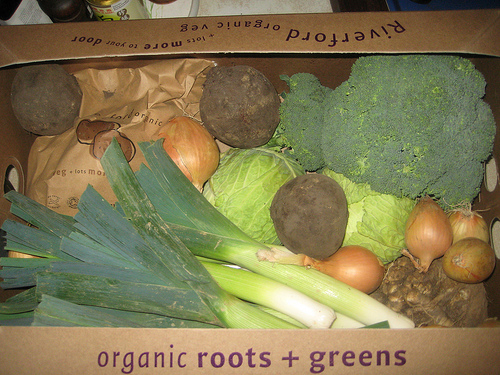
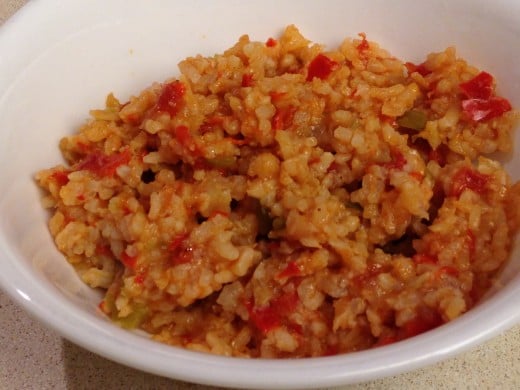
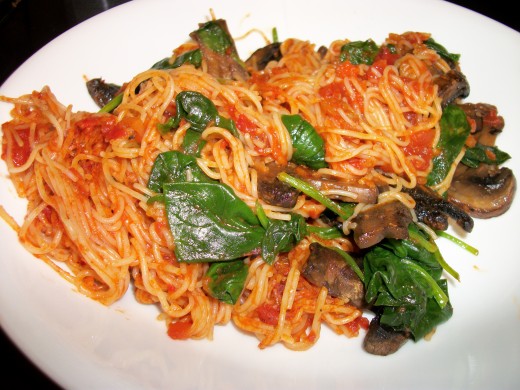
Chopped Vegetables
There are plenty of dishes that would work well with the addition of ½ to 1 cup or more of chopped vegetables.
Add additional broccoli to Uncle Ben’s or Lipton/Knorr Broccoli Cheese Rice, or Lipton/Knorr Noodles. Broccoli also works well with Cheeseburger Macaroni Hamburger Helper.
Add a large chopped onion and your favorite color bell pepper to Spanish Rice-A-Roni. This is one of my favorite dishes. The vegetables not only add nutrition, but nearly double the volume of the dish.
For a quick meal, add chopped vegetables to Cream of Potato Soup. Try broccoli, spinach, celery, or artichokes.
Add chopped broccoli, carrots, or tomatoes to Mac and Cheese. Or try sautéed onion or mushrooms.
Add sautéed onions or mushrooms to couscous, quinoa, or millet.
Though not a chopped vegetable, corn works well in lots of dishes, and gives a nice texture contrast. Add corn to Hamburger Helper, such as the Potato Stroganoff. Another of my favorites is to add corn to Alphabet Vegetable Soup. Add corn to Cream of Potato Soup for a simple corn chowder.
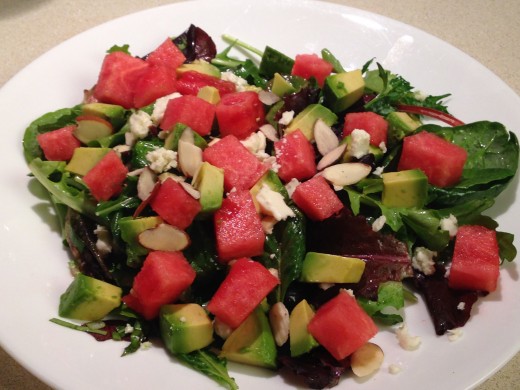
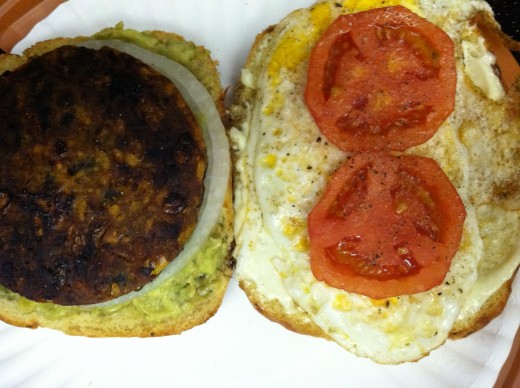
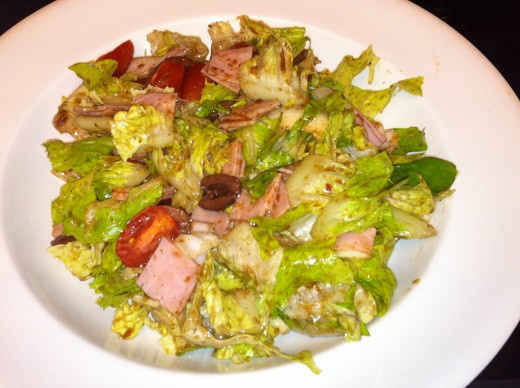
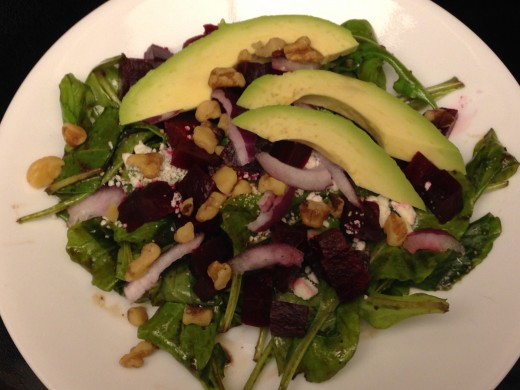
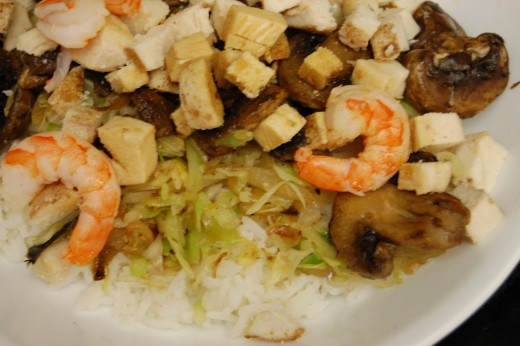
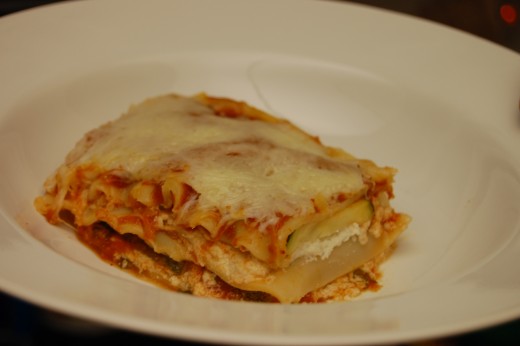
Commit to Vegetables
A few years ago I was watching a program about nurses that worked with obese children. One of the nurses was talking with a young girl about eating vegetables everyday. The girl said “Can I eat them with cheese?” The nurse replied, “I don’t care if you eat them with chocolate. I just want you to eat them.”
Clearly chocolate, cheese, and other caloric toppings are not as good as loving unadulterated, organic, raw vegetables. But we gotta start somewhere right?
Here are a few tips:
Routinely add lettuce, tomato, &/or a slice of onion on a sandwich (even a thin slice of apple).
Eat more salads. Have a small dinner salad 2 or 3 nights a week. The prewashed, pre-chopped salad greens are good, but bruise easily, and spoil quickly. I never buy iceberg lettuce anymore, as it has virtually no nutrients compared to romaine. For something really different, try a green salad with fresh fruit.
Have a large salad as a meal once a week with meat, or with beans and pasta. Check out one of our family favorites, the Big Arsed Salad in my Main Dishes hub. Just scroll down near the bottom.
Keep carrots, celery, cucumbers, peppers and other preferred vegetables to eat with dips made with yogurt. If you have to have the fat, you could to at least half yogurt, and half sour cream or mayo.
Have stir fry once a week.
Have a vegetable lasagna, or substitute one layer of vegetables in your meat lasagna.
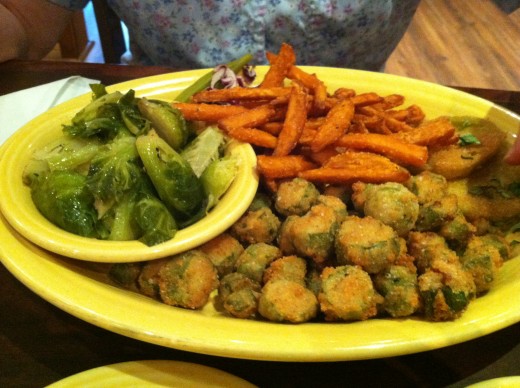
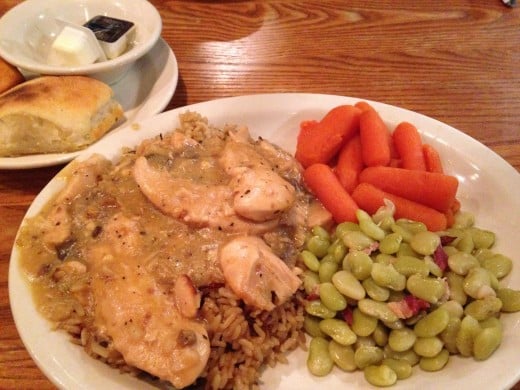
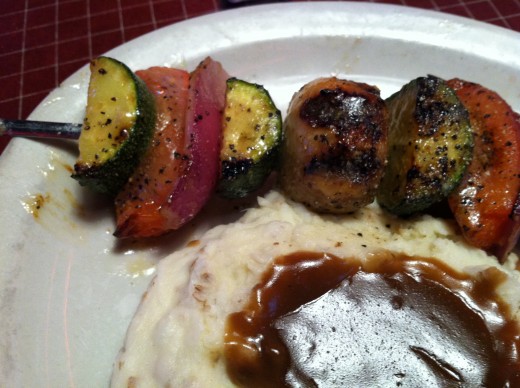
Order at Least One Vegetable Side at Restaurants
When eating in a restaurant, never order all starches and no vegetable.
So if you’re eating at Cracker Barrel, and you get the big dinner with 3 side dishes, have your Mac and Cheese and Hashbrown Casserole, but get some sweet baby carrots or green beans as your third side.
Or have a vegetable plate from a restaurant with one or two starches, and one or two non-starchy vegetables.
Indian restaurants have many vegetarian dishes. I sometimes get only vegetarian selections from my favorite Indian buffet.
Many steak restaurants have an impressive array of side dishes, including fresh seasonal vegetables.
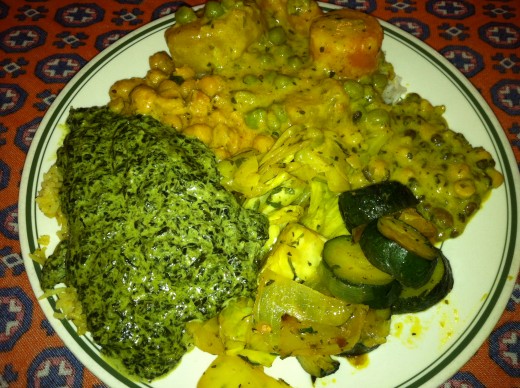
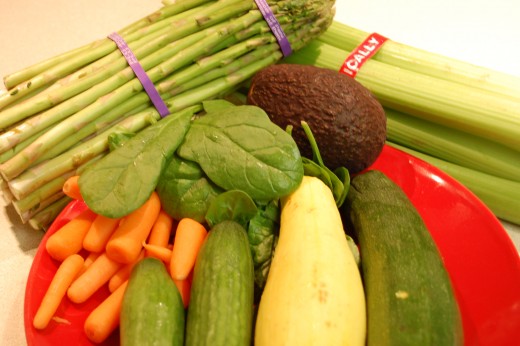
Make a List of Healthy Vegetables You Like
Make a list of all the vegetables that you can think of that you like. Group into “favorites”, and “tolerable”. Start by picking 7 vegetables from your lists. Have one each day, alone or in a side dish with other ingredients. Then work your way up to twice a day, then two vegetables per meal.
Check back. For your convenience, I’ll make you a refresher list of vegetables from my Weight Watchers Quick Start book. This will help you brainstorm to make your lists.





